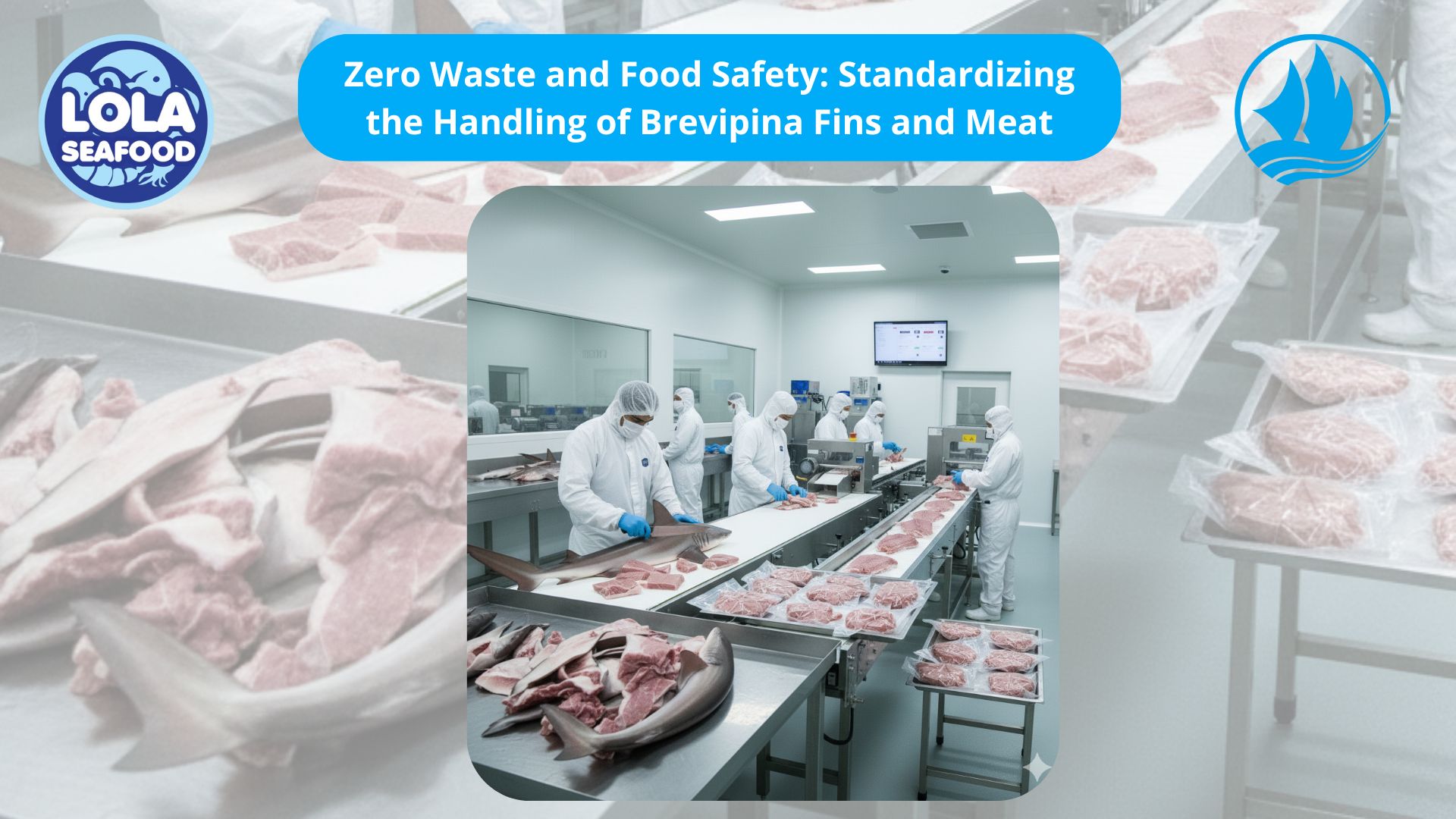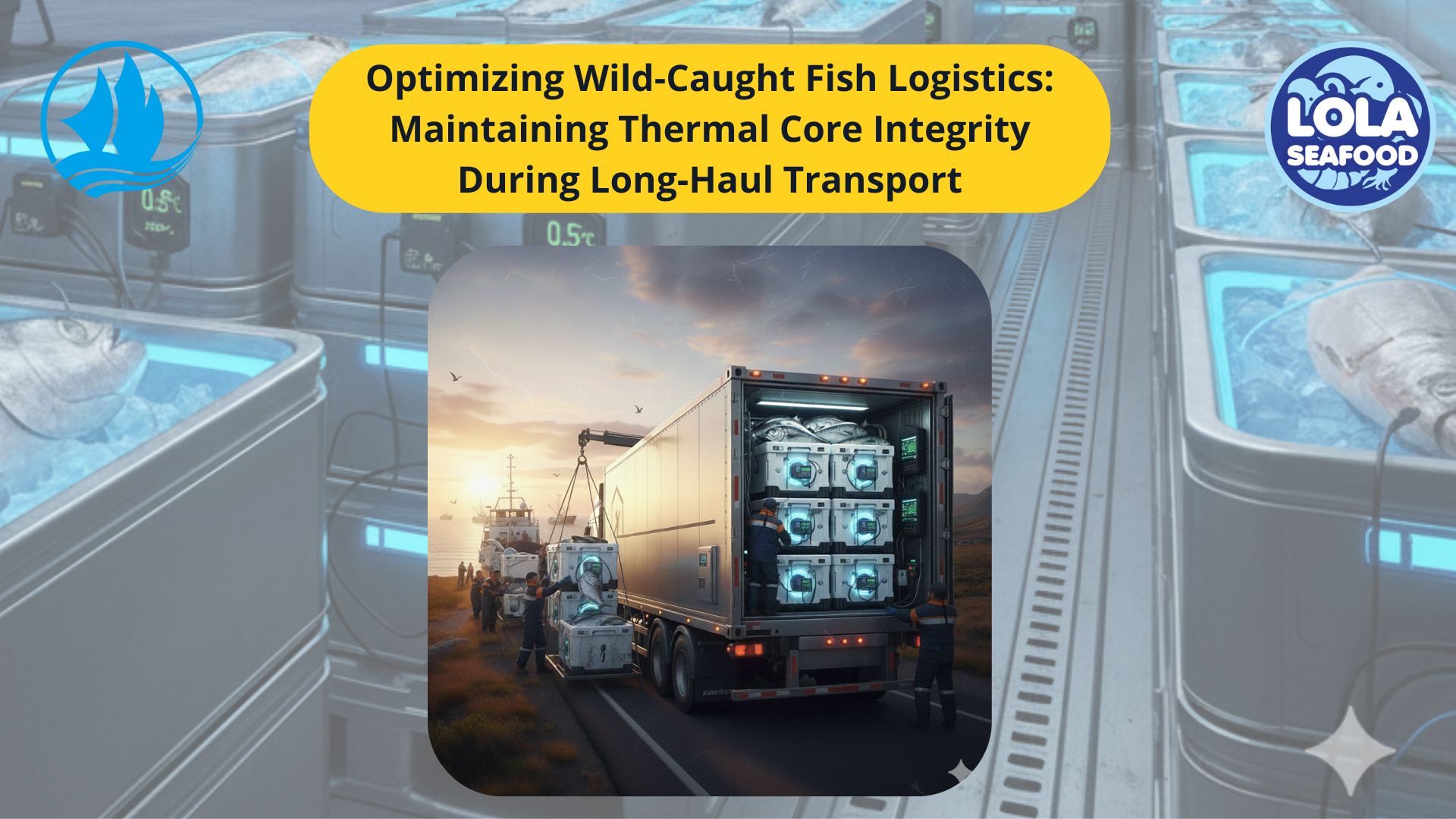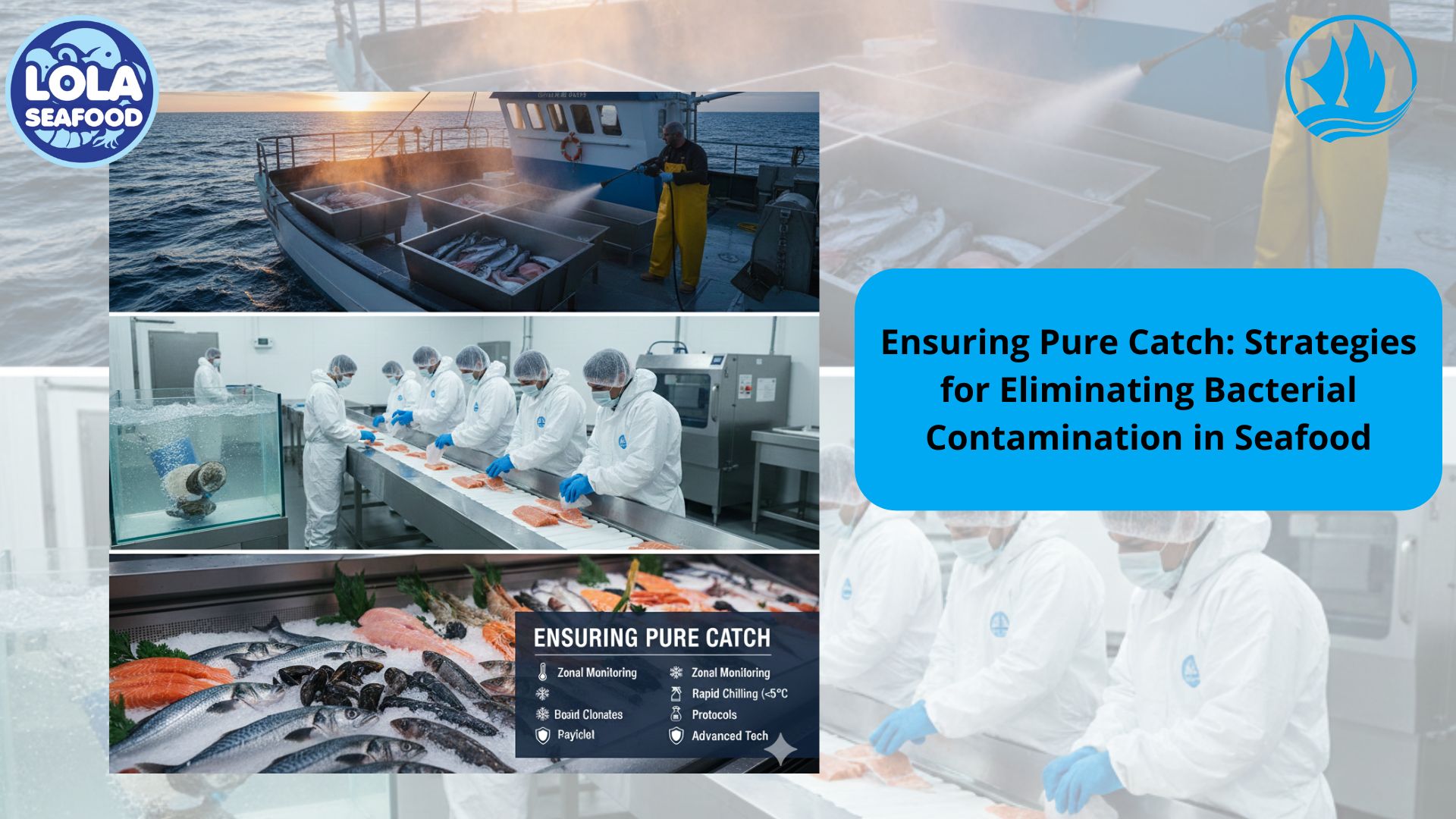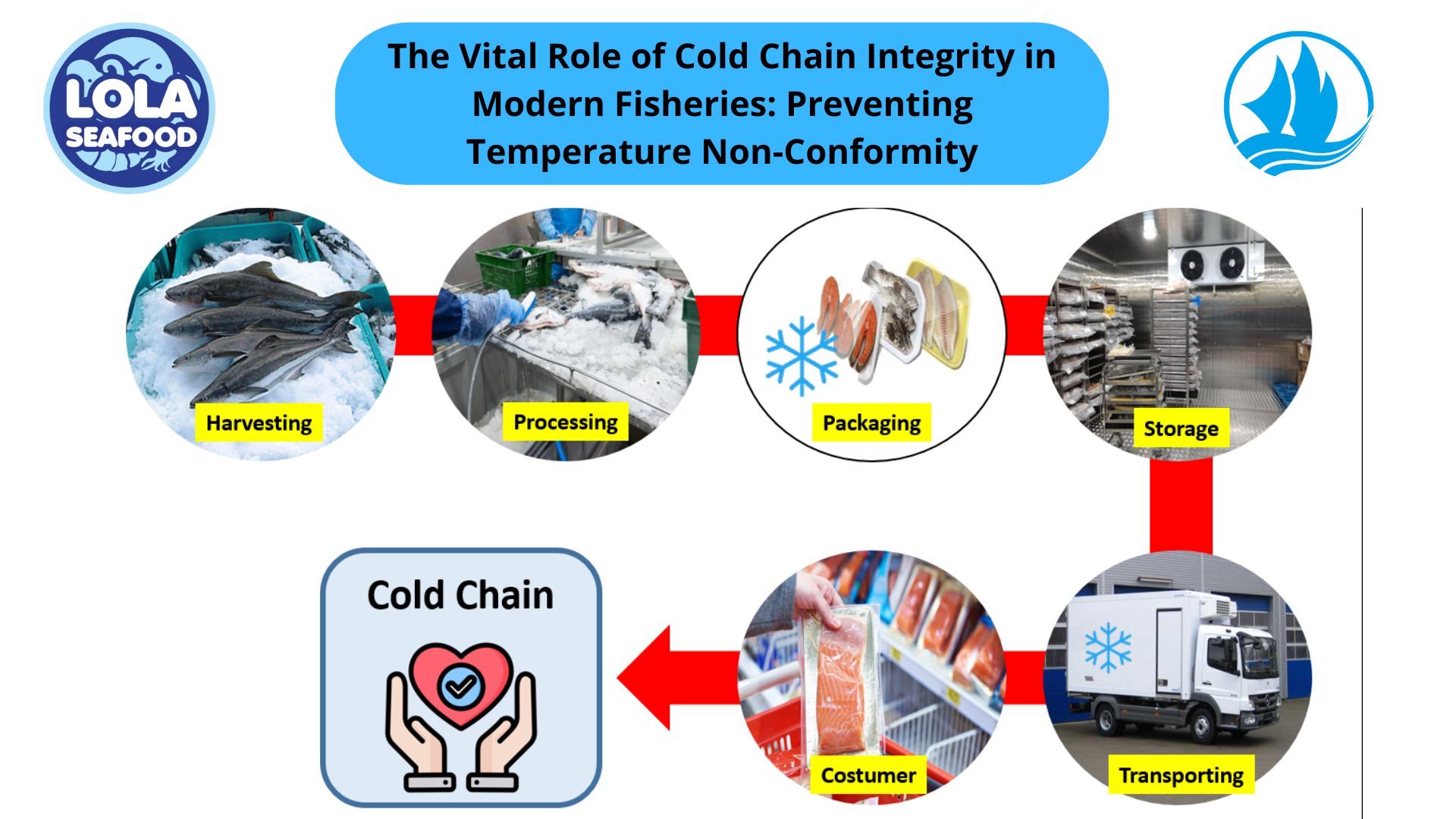DRIVE OVERFISHING
By. Najih - 25 Apr 2024.jpg)
Fishing is one of the most significant drivers of declines in ocean wildlife populations. Catching fish is not inherently bad for the ocean, except for when vessels catch fish faster than stocks can replenish, something called overfishing. The level of overfishing has been increasing in recent decades
The number of overfished stocks globally has tripled in half a century and today fully one-third of the world's assessed fisheries are currently pushed beyond their biological limits. The damage done by overfishing goes beyond the marine environment. Billions of people rely on fish for protein, and fishing is the principal livelihood for millions of people around the world.
There are several factors that drive overfishing, these include:
- Rising consumption: consumption of aquatic foods is rising twice as fast as the global population.
- Climate change: Increases in ocean temperatures change the migratory routes of fish stocks, causing them to move away from traditional fishing grounds.
- Regulated fishing: Catching fish without abiding to governmental and international regulations, for example in protected zones, or not reporting part of the catches.
- Fishing subsidies: It is estimated that goverments have spent billions of dollars on subsidies to support their fishing industries.
Overfishing is a major threat to marine biodiversity. It involves the removal of a significant proportion of fish or other marine species from their habitats at a rate faster than they can reproduce. Overfishing can also lead to species extinction. When a species is heavily overfished, its population may decrease to the point where it can no longer sustain itself. overfishing can lead to a decrease in genetic diversity. When a population is overfished, the remaining individuals often have less genetic diversity, which can make the population more susceptible to diseases and less able to adapt to environmental changes. overfishing can lead to habitat destruction. Many fishing methods, such as bottom trawling, can cause significant damage to the seafloor and other habitats. This not only affects the species being targeted but also other species that rely on these habitats for food, shelter, and breeding.
.jpg)





.jpg)

.jpg)